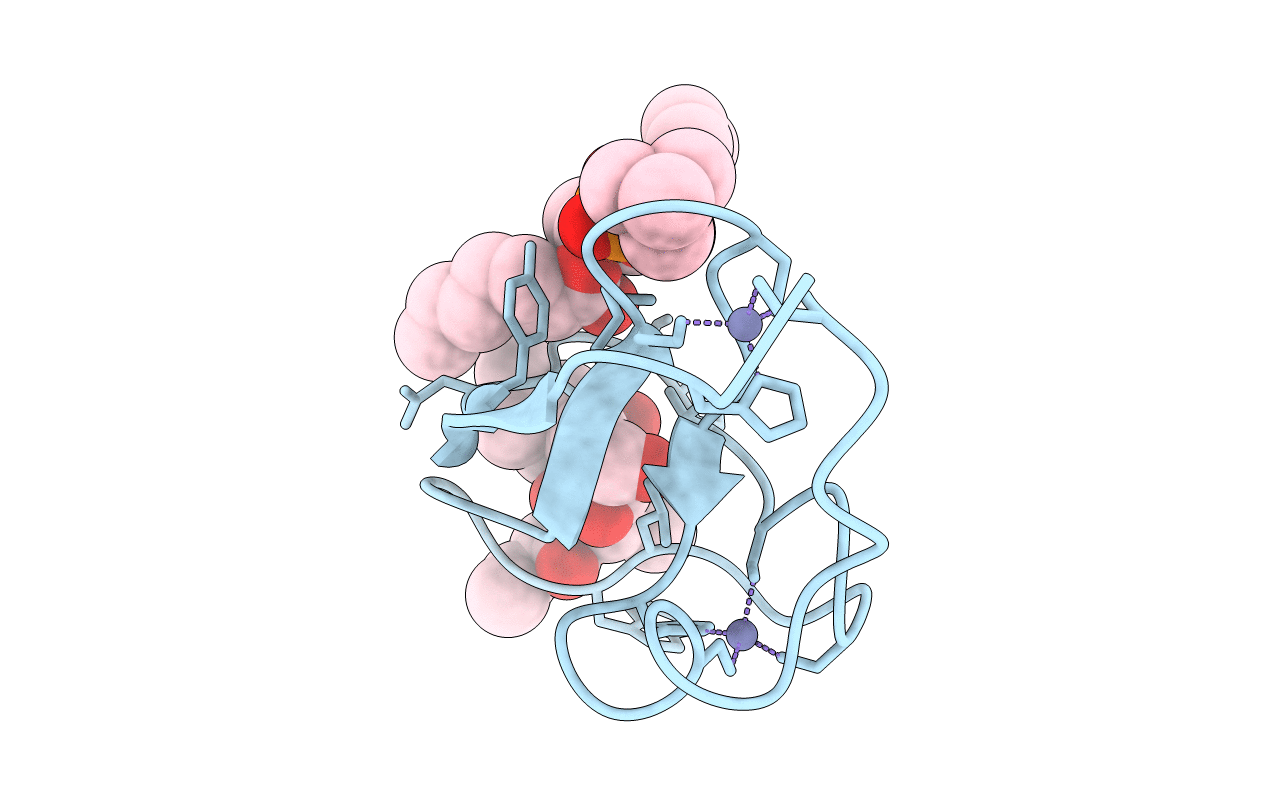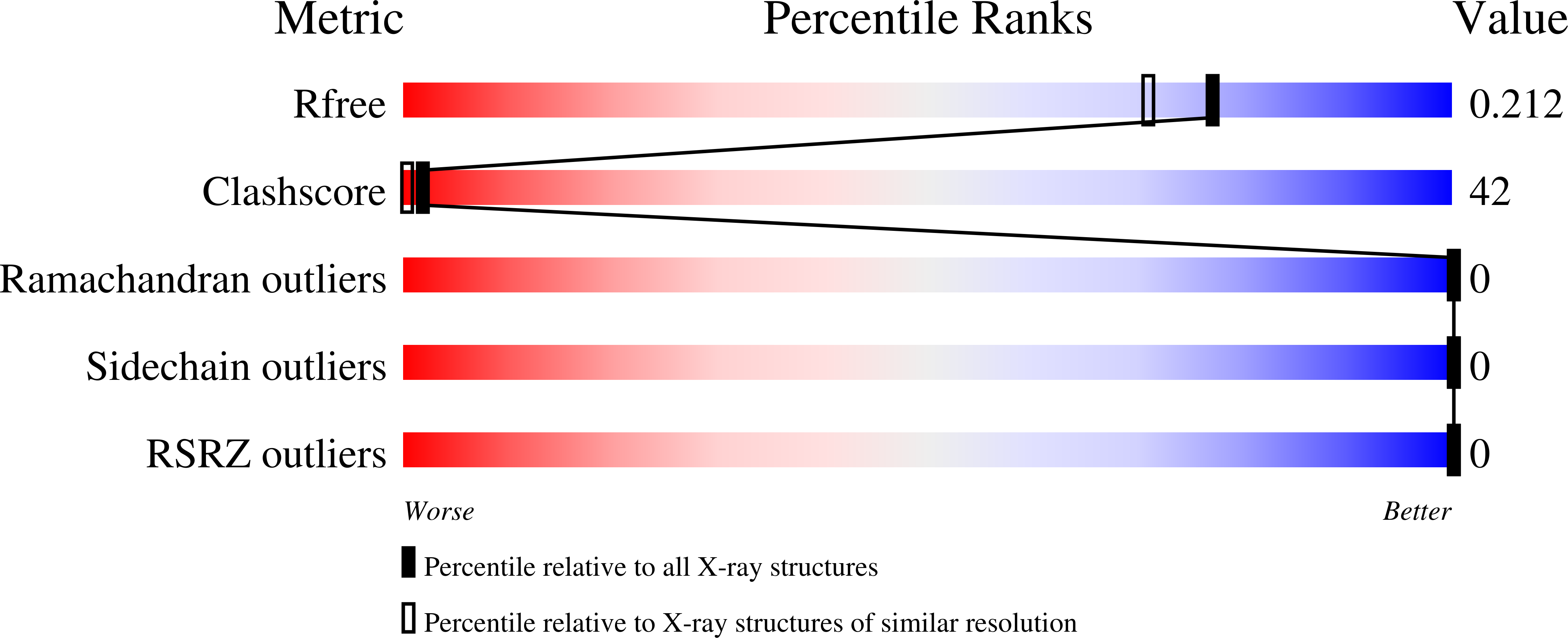
Deposition Date
2020-11-06
Release Date
2022-05-04
Last Version Date
2023-10-18
Entry Detail
PDB ID:
7KO6
Keywords:
Title:
C1B domain of Protein kinase C in complex with ingenol-3-angelate and phosphocholine
Biological Source:
Source Organism:
Rattus norvegicus (Taxon ID: 10116)
Host Organism:
Method Details:
Experimental Method:
Resolution:
1.80 Å
R-Value Free:
0.21
R-Value Work:
0.17
R-Value Observed:
0.17
Space Group:
C 1 2 1


